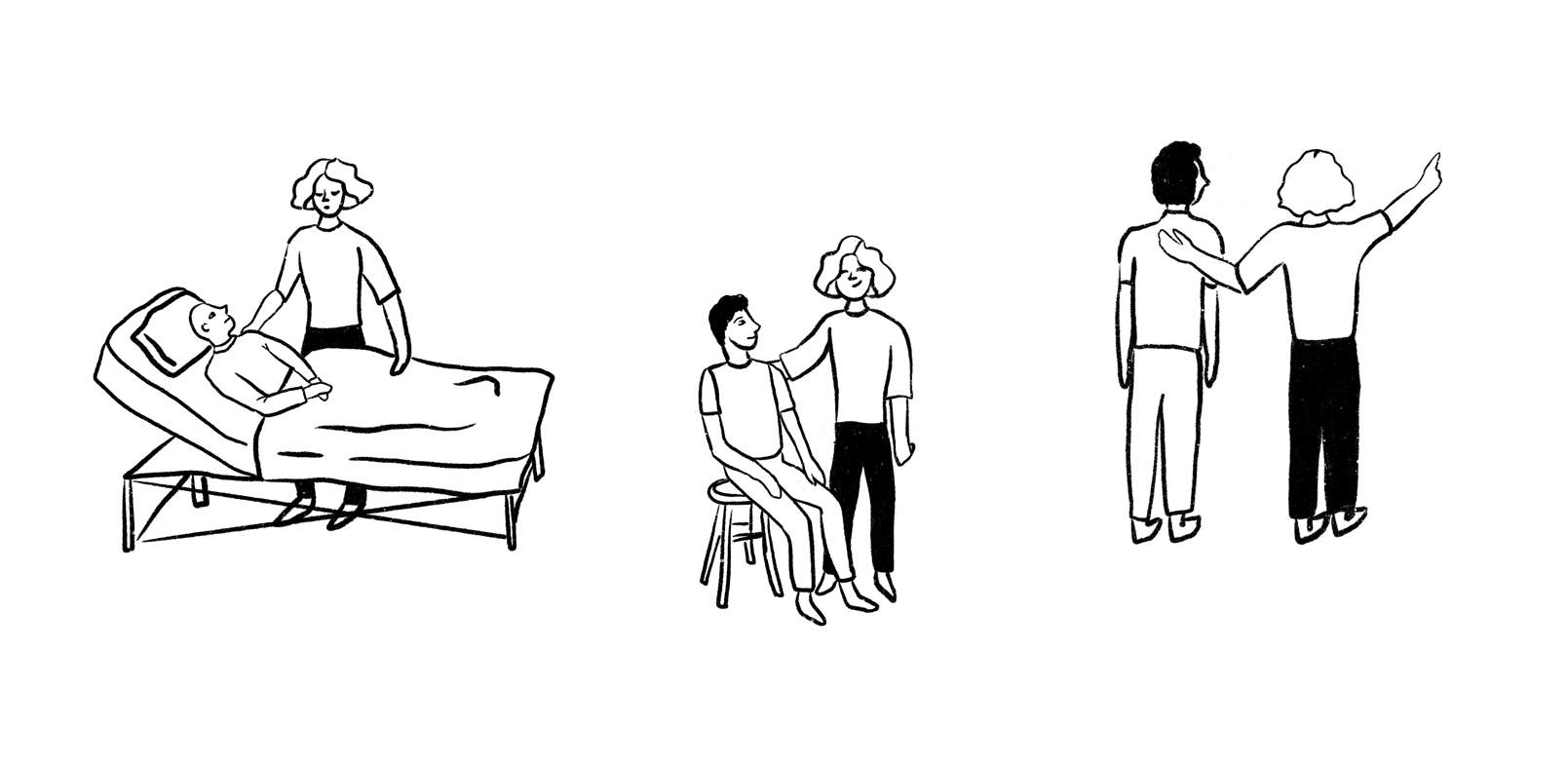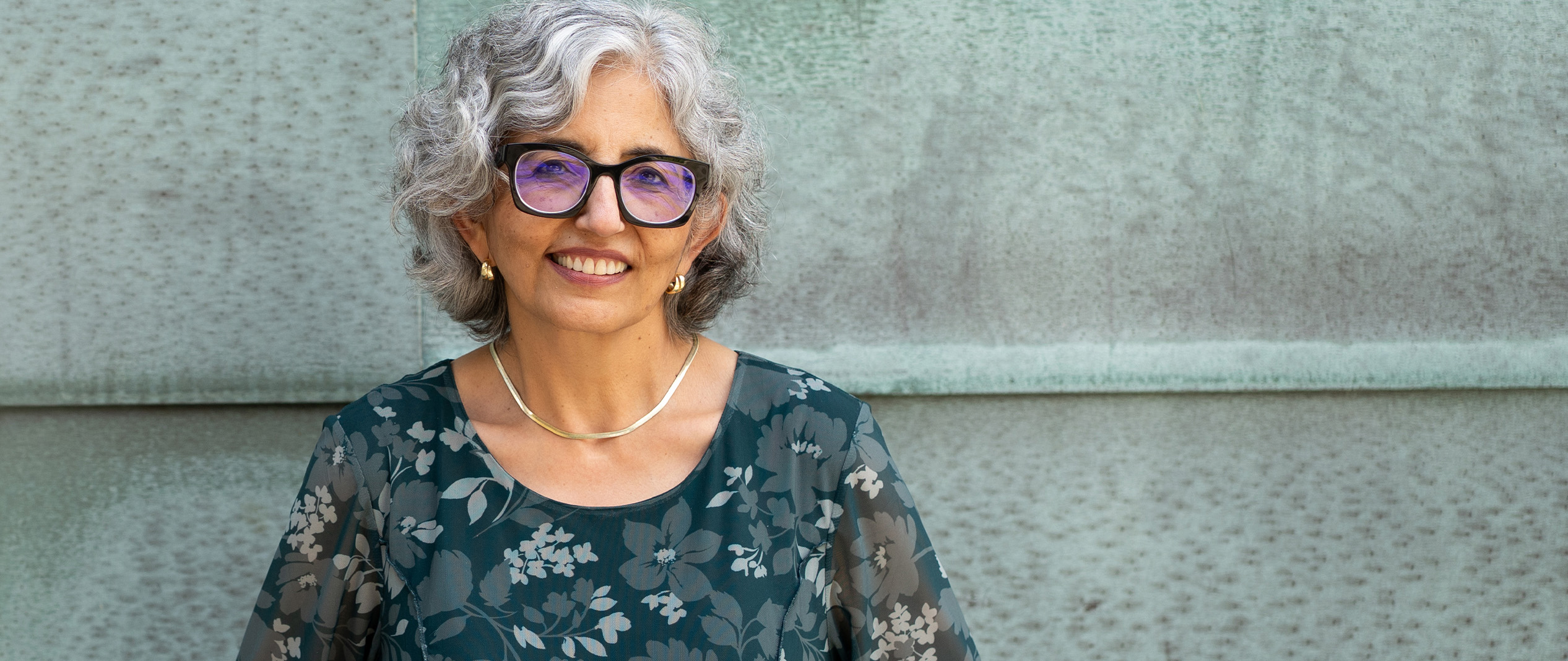For many, the story of cancer in recent decades has been one of progress. Survival rates have improved dramatically, new therapies hold incredible promise, and once-deadly diagnoses now come with hope. Yet, as Smita Bhatia, M.D., MPH, director of the UAB Institute for Cancer Outcomes and Survivorship, and distinguished professor in the Division of Hematology-Oncology, Department of Pediatrics, reminds us, survival is only part of the story. The long-term health and quality of life of survivors require just as much attention—and that’s where the power of lifelong, risk-based care comes in.
Bhatia’s journey into the field began, as she describes it, “serendipitously.” During her fellowship at the University of Minnesota in the 1990s, she was paired with Les Robison, Ph.D., a pioneer in cancer survivorship research. Their work together introduced her to the troubling reality that lifesaving treatments often carried hidden costs—risks of second (and third) cancers, heart failure, cognitive impairment, and more. “What really sparked my interest was not just observing these complications but trying to understand the mechanisms behind them—why some survivors develop them and others don’t—and how we might prevent them,” Bhatia recalled.

The stakes are high. Survivors of childhood cancers, for example, face a lifetime of health challenges. Treatments once standard for conditions like Hodgkin lymphoma or leukemia have been linked to devastating long-term consequences. Chest radiation that cured cancer in adolescence has later led to breast cancer in young women. Chemotherapy drugs essential for survival have caused heart failure years down the line. “By the time childhood cancer survivors reach 45 years of age, 95 percent of them have severe or life-threatening complications,” Bhatia explained.
These numbers highlight a paradox: while more people than ever before are surviving cancer, they often live with a shortened lifespan—one to two decades less than the general population — because of treatment-related conditions. And yet, supportive care, both medical and social, remains uneven.
Part of the challenge is structural. In pediatric oncology, survivorship clinics exist at many major health centers, guided by carefully developed road maps for monitoring long-term risks. Even so, only about half of survivors consistently receive this specialized follow-up care. In adult oncology, the gap is even wider. Survivorship clinics are scarce, and most patients transition back to community physicians who may not have the training or resources to manage the complex needs of long-term survivors.
Beyond medical monitoring, survivors often struggle with issues that are harder to measure but no less impactful. Anxiety, depression, and social isolation are common. Bhatia recalls one patient who, after years of treatment, was left with cognitive challenges, short stature from hormone deficiencies, and morbid obesity. To cope, she rarely left her apartment, effectively cutting herself off from the world. “Her physical complications were serious, but the isolation compounded everything,” Bhatia said. “Her quality of life was deeply diminished.”
That’s why Bhatia says care for these patients must extend beyond medicine. Survivorship programs at UAB, for instance, include support groups where patients can share experiences, learn about financial management, or hear directly from fellow survivors about how they navigate challenges. These groups foster community and resilience, addressing survivors’ profound need to connect with people who truly understand their struggles.
The field itself is evolving. Research priorities now include developing interventions to reduce risks from older therapies, exploring genetic predispositions that make some survivors more vulnerable than others, and tracking the long-term effects of newer treatments like immunotherapy and targeted drugs. Early evidence suggests these cutting-edge therapies may carry fewer long-term risks, but, as Bhatia cautioned, “the jury is still out.” Only years of careful follow-up will reveal the full picture.
Still, one of the biggest hurdles is practical: survivorship care is time-intensive and not financially profitable under current healthcare models. A single visit can last 45 minutes or more, covering everything from risk reduction to health promotion, alongside necessary screenings. That complexity is vital for patients but difficult to sustain within systems designed for quick, high-volume care.
Despite these challenges, Bhatia remains optimistic. She points to the rewarding moments that come with seeing survivors thrive—going to school, starting careers, building families. For medical students considering their specialty, she says cancer survivorship offers a unique perspective. “They’re used to seeing very sick patients in the hospital but in survivorship clinics, they can see what comes after—how these individuals return to the community, and how we can help them live full, meaningful lives.”
